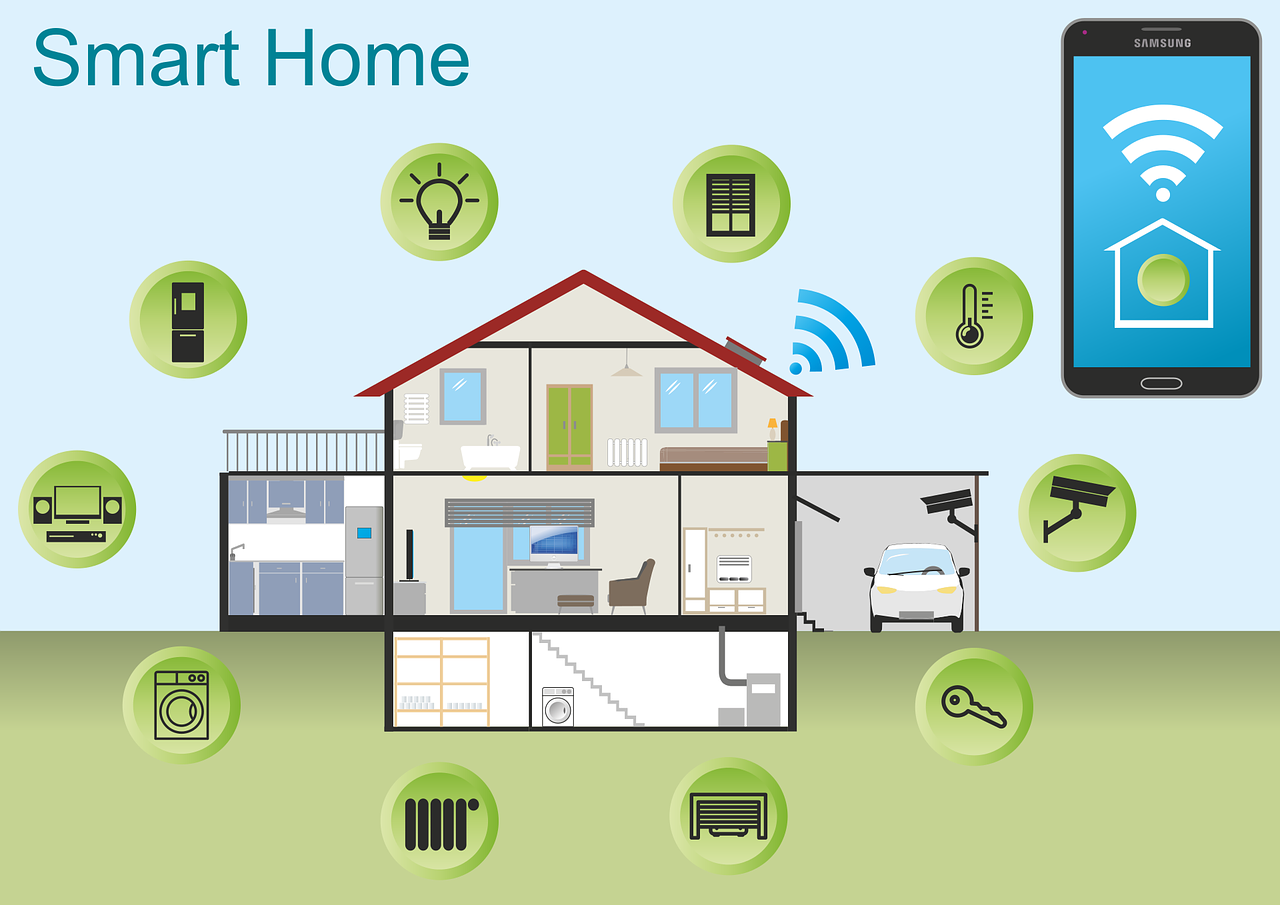Creating a Secure Smart Home: Tips and Best Practices
With the rapid advancement of smart home technology, creating a secure smart home has become crucial in today’s digital age. As we embrace the convenience and connectivity of intelligent systems, it’s essential to prioritize the security and privacy of our homes. In this article, we will explore tips and best practices for ensuring a secure smart home environment. By implementing these measures, homeowners can protect their privacy, safeguard their data, and enjoy the benefits of a smart home with peace of mind.

Secure Your Network
The foundation of a secure smart home starts with a strong and well-protected network. Set up a unique and complex password for your Wi-Fi network, enable encryption (WPA2 or WPA3), and change the default username and password of your router. Regularly update your router’s firmware to ensure the latest security patches are installed.
Use Strong and Unique Passwords
Create unique, strong passwords for all your smart home devices, including cameras, smart locks, and hubs. Avoid using easily guessable information and consider using a password manager to securely store and manage your credentials.
Keep Software and Firmware Updated
Regularly update the software and firmware of your smart home devices to ensure you have the latest security patches and bug fixes. Enable automatic updates whenever possible to stay protected against emerging threats.
Implement Two-Factor Authentication (2FA)
Enable two-factor authentication whenever available. This adds an extra layer of security by requiring a second form of verification, such as a code sent to your smartphone, in addition to your password. Two-factor authentication significantly reduces the risk of unauthorized access to your smart home devices.
Secure Your Smart Home Hub
Your smart home hub acts as the central control point for your devices. Protect it by securing the physical location, regularly updating its firmware, and using a strong password. Enable any built-in security features and only download apps or integrations from trusted sources.
Secure Wireless Communication
Ensure that your smart home devices use secure communication protocols such as Wi-Fi Protected Access (WPA2 or WPA3) and Transport Layer Security (TLS). Avoid using devices that rely solely on insecure protocols like WEP (Wired Equivalent Privacy).
Create Guest Networks
If your router supports it, set up a separate guest network for visitors. This keeps your smart home devices isolated from guest devices, minimizing the risk of unauthorized access to your network.
Secure Your Smart Cameras
Protect your privacy by changing default camera passwords, disabling remote access when not needed, and regularly reviewing camera settings. Ensure that cameras are positioned to respect your privacy and avoid capturing sensitive areas of your home.
Regularly Monitor and Review Device Activity
Stay vigilant by regularly monitoring your smart home devices’ activity logs and reviewing any suspicious or unauthorized access attempts. Immediately investigate and take necessary action if you notice any unusual activity.
Educate Yourself and Family Members
Educate yourself and your family members about smart home security best practices. Teach them about the importance of strong passwords, avoiding suspicious links or downloads, and being cautious when granting permissions to third-party apps or services.
According to Futurehome, a leading provider of smart home solutions, “Building a secure smart home requires a proactive approach to protect your privacy and prevent unauthorized access. By following best practices and implementing robust security measures, homeowners can create a safe and trusted smart home ecosystem.”
Conclusion
Creating a secure smart home environment is essential to protect your privacy, data, and the integrity of your connected devices. By following these tips and best practices, homeowners can enjoy the convenience and benefits of a smart home while minimizing the risk of unauthorized access or privacy breaches. Remember, a secure smart home is a smart home that offers peace of mind and a sense of safety.



